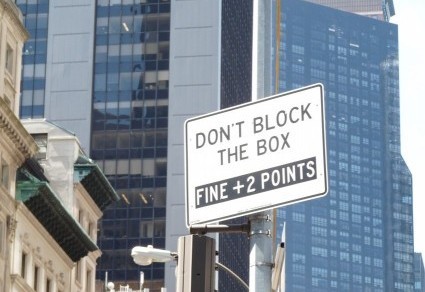Today’s New York Times reports that people who participated in STRRIDE a decade ago now have (A) better health than those who did not exercise and (B) displayed an unhealthy attraction to silly acronyms. Which group, of course, includes STRRIDE, or “Studies Targeting Risk Reduction Interventions through Defined Exercise.” Duke University, you should have known better than to saddle a perfectly good research program with a name like that. The acronym wasn’t worth it.

I can’t help wondering whether Duke expects people to roll the double-R in STRRIDE, a skill students learning Spanish often struggle with. I also wonder how often people reading about STRRIDE in the Times think they’ve discovered a typo.
Which brings me to another question: Who decides whether an abbreviation is an acronym, with its initial letters pronounced as a word (NATO = nay toe) or whether its letters are named (UN = you en)? Personally, I’d opt for making the shortened form of United Nations an acronym (uh nn), given how often the organization is unproductive. But that discussion itself is unproductive, so I’ll leave it alone. Instead, I’m forming ACRONYM, for those Against Chronic Ridiculous Overused Names Yielding Nonsense. Join today!

 Somehow “ped” got a period, but “dept” didn’t. Both are abbreviations, “ped” being the shortened form for “pedestrian” and “dept” for “department.” In case you’re wondering (actually, despite the fact that you’re not wondering at all), I should mention that this NYC “dept” isn’t consistent when it comes to punctuation relating to walkers:
Somehow “ped” got a period, but “dept” didn’t. Both are abbreviations, “ped” being the shortened form for “pedestrian” and “dept” for “department.” In case you’re wondering (actually, despite the fact that you’re not wondering at all), I should mention that this NYC “dept” isn’t consistent when it comes to punctuation relating to walkers:

 I understand that consistency is difficult to achieve in, say, a 200-page document. But if you’re working with only two sentences, you ought to be able to spare a period for each or omit the punctuation mark entirely.
I understand that consistency is difficult to achieve in, say, a 200-page document. But if you’re working with only two sentences, you ought to be able to spare a period for each or omit the punctuation mark entirely. Okay, no period at the end of this sentence: I’m used to that. But I can’t find any reason for a comma before the conjunction “or.” For that matter, I can’t find a reason for the text as written. Why not just say “DO NOT FEED BIRDS”? Theories welcome. Punc also.
Okay, no period at the end of this sentence: I’m used to that. But I can’t find any reason for a comma before the conjunction “or.” For that matter, I can’t find a reason for the text as written. Why not just say “DO NOT FEED BIRDS”? Theories welcome. Punc also.